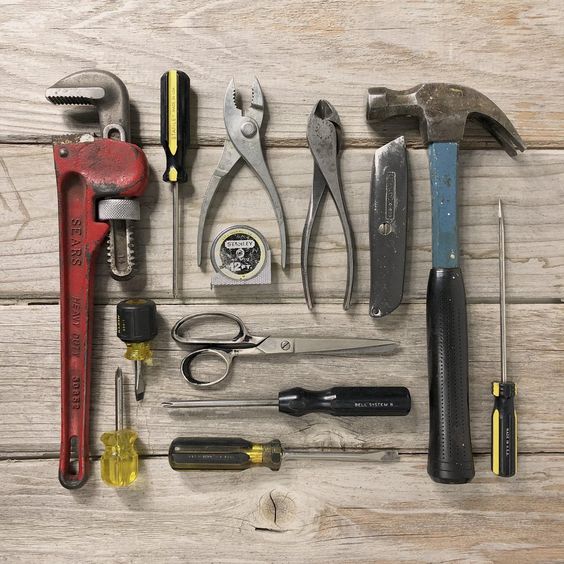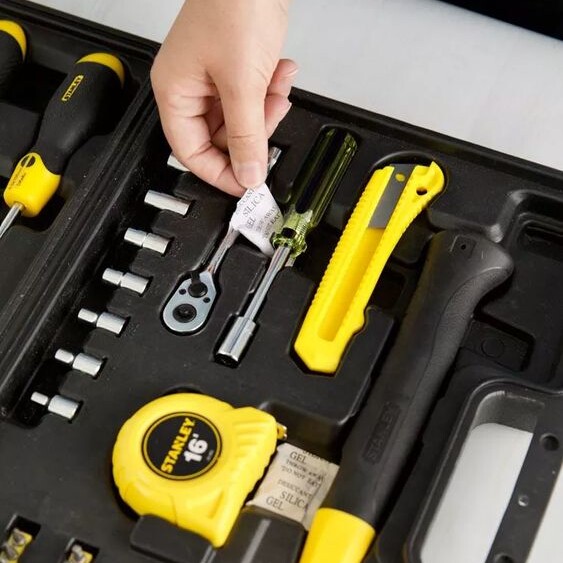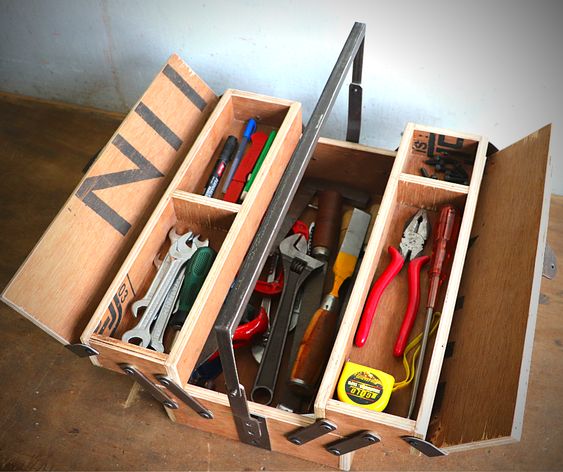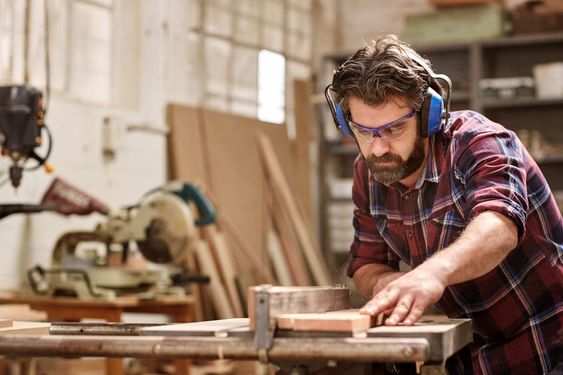
Tool Maintenance and Care is essential for any carpenter who values their craft and their tools. Maintaining your carpentry tools not only prolongs their life but also ensures they function at their best, which, in turn, can improve the quality of your work. From chisels to saws, every tool in your workshop deserves attention and care. Let’s dive into the fundamental tips for keeping your carpentry tools in top-notch condition.
Key Takeaways:
- Regular Cleaning: Tools should be cleaned after each use to prevent residue buildup.
- Proper Storage: Storing tools properly can protect them from damage and moisture.
- Rust Prevention: Techniques to keep tools rust-free are critical for longevity.
- Sharpening: Keeping cutting tools sharp is essential for safety and efficient cuts.
- Lubrication: Regular lubrication of moving parts to ensure smooth operation.
- Minor Repairs: Addressing small issues before they become large problems.
- Calibration and Alignment: Regularly checking and adjusting tools for accuracy.
- Proper Usage: Using the tools for their intended purpose to avoid damage.
- Seasonal Maintenance: Adjusting maintenance practices based on the season and humidity.
Table of Contents
Regular Cleaning
Remove Residue and Dust

Cleaning your tools after each use is a simple yet effective way to maintain them. Sawdust, pitch, and resin can coat your blades and bits, leading to performance degradation over time. The use of a putty knife or a special resin remover can help you clean off stubborn buildup on saw blades and drill bits. For finer tools, a soft brush and a dry cloth should be sufficient to remove fine particles.
Wipe Down Metal Surfaces
Metal tools should be wiped down with a lightly oiled rag to prevent rust, especially in humid environments. A few drops of machine oil can help form a protective barrier against moisture.
Proper Storage
Organize Your Workspace

An organized workspace, which you can learn more about in the article on creating an efficient carpentry workspace, is vital for tool maintenance. Tools left haphazardly can become damaged from collisions with other tools or from being dropped.
Environment Control

Controlled temperature and humidity are crucial to prevent wood handles from swelling and metal parts from corroding. Humid climates require particular attention to storage. Silica gel packs or a dehumidifier can help in maintaining a dry environment.
Rust Prevention
Use Protective Coatings
A prime enemy of metal tools is rust. To prevent rust, apply protective coatings like wax or a rust inhibitor. Tools should be checked regularly for signs of rust, and any that is present should be removed promptly with sandpaper or a dedicated rust remover.
Keep Tools Dry

Ensuring tools are fully dry before storing them is a key step. Moisture is the leading cause of rust, so never put away tools that are wet or even damp.
Sharpening
Maintain A Sharp Edge
Sharp tools are safer and more efficient. Dull blades can cause accidents and produce poor-quality work. Plan to sharpen your tools regularly. You can refer to our guide on mastering the saw for insights on keeping saws sharp. For chisels and planes, a honing guide and sharpening stones are essential.
Monitor Cutting Tools
Regularly check the sharpness of your cutting tools. If they start to snag or require more force to cut, it’s time to sharpen them. A consistent routine will make this less of a chore and more of a part of your regular workshop practice.
Lubrication
Keep Moving Parts Functional

For tools that have any moving parts, like power tools, regular lubrication is crucial. It keeps them working smoothly and prevents unnecessary wear and tear. Use the appropriate lubricants – avoiding over-application – to ensure the longevity of these tools.
Minor Repairs
Tighten Loose Components
Loose bolts and screws can not only reduce the accuracy of your tools but can also make them hazardous to use. Regularly inspect your tools for any parts that may need tightening. A simple screwdriver or wrench set can usually handle these adjustments.
Replace Worn Parts

Sometimes tools will wear out or break. Be prepared to replace parts rather than the entire tool. This is more cost-effective and is a practice that any professional carpenter should adopt.
Calibration and Alignment
Ensure Accurate Tools

Precise measurements are critical to carpentry. Tools like squares, levels, and measuring tapes must be consistently accurate. Regularly check and calibrate these tools. Proper measuring and marking are foundational carpentry techniques that rely on well-maintained tools.
Adjust as Needed
Tools like table saws require alignments for accurate cuts. Checking and fine-tuning tools to ensure they are set to the correct angles and dimensions should be part of your routine.
Proper Usage
Use Tools for Their Intended Purpose

Avoid using tools for tasks they aren’t designed for. This can lead to damage or personal injury. Carpentry terms and tool purposes can be reviewed in our article on carpentry terms to refresh your memory on using tools appropriately.
Seasonal Maintenance
Adapt to Weather Changes
Wood and metal react to seasonal weather changes, also referred to as seasonal wood movement. Expand your maintenance routine to accommodate these shifts, which might mean more frequent rust prevention in rainy seasons or humid summers.
Tool Maintenance Care: A Lifelong Commitment
Carpentry tools are investments that, when cared for properly, can last a lifetime and beyond. An often-overlooked aspect of being a great carpenter is not just mastery over wood but also the maintenance of the tools that manipulate it. Integration of the tips provided above into your daily and seasonal routines will ensure that your tools serve you well throughout your carpentry journey.

